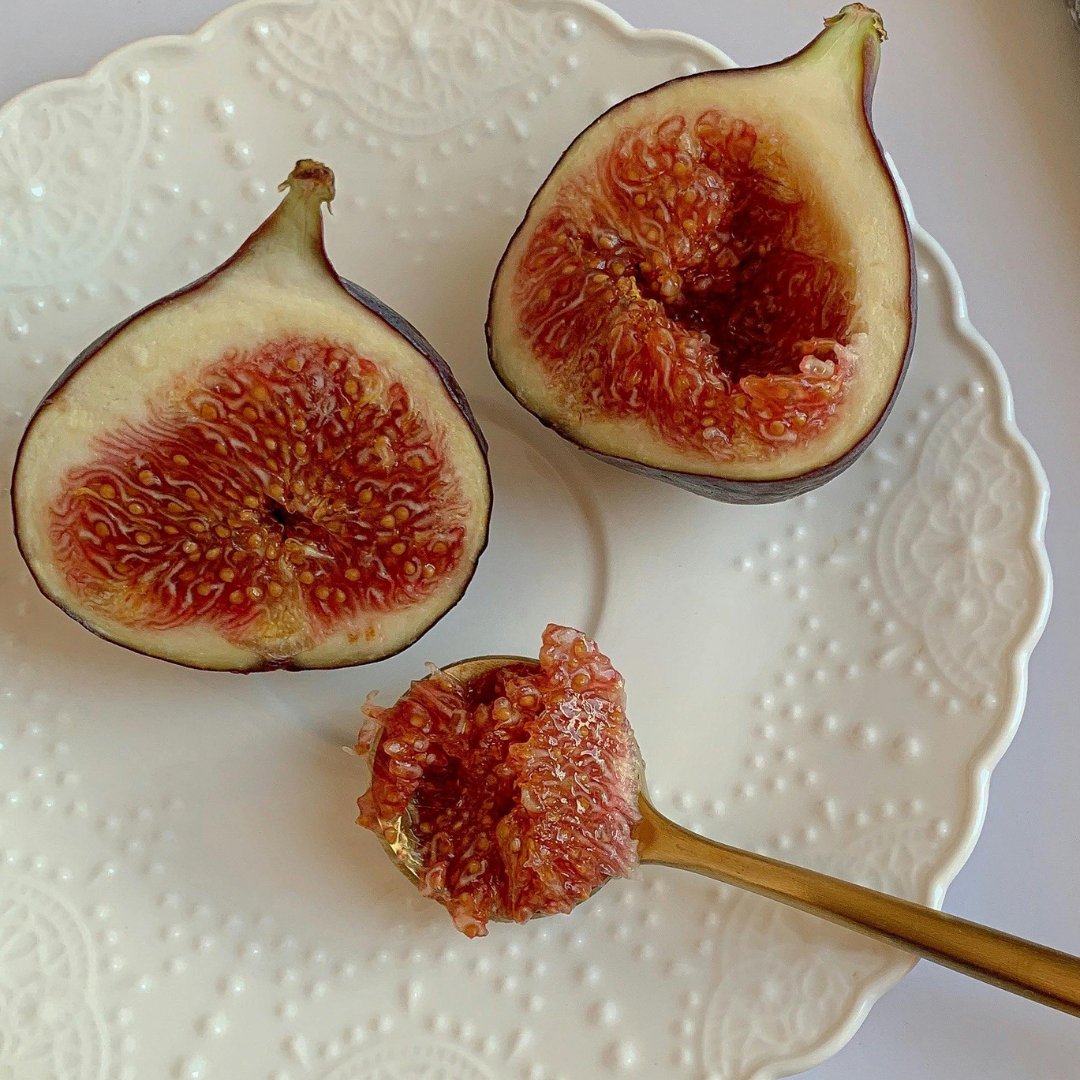The Role of Dietary Fibre in Managing Constipation

What is constipation, and why does it matter?
Constipation is commonly recognised as an alteration in how you pass stools. This may be either passing less frequently than what is normal for you or finding it more difficult to pass.
Constipation occurs at all ages, and severity varies between people. In the UK, roughly 1 in 7 adults and 1 in 3 children experience constipation1. Furthermore, the prevalence in women is twice that of men and individuals who are pregnant or older adults are also more prone to experiencing constipation2.
Symptoms of constipation:
- Passing stools less than 3x per week (or less than normal for you)
- Unusual stool consistency (unusually large/small, dry, hard, lumpy)
- Straining or pain when passing stools
- Feelings of not having fully emptied bowels
If left untreated, chronic constipation can lead to:
- Haemorrhoids (piles)
- Rectal bleeding
- Faecal impaction (large build-up of hard, dry stool that becomes lodged in the rectum)
- Bowel incontinence
This highlights why it is important to manage constipation to prevent these conditions from occurring.
What is fibre? Understanding the types
Dietary fibres are naturally occurring carbohydrate polymers found in plant foods and are distinguished by being undigestible in the small intestine. The undigested plant material passes into the large intestine, where it can either be fully or partially broken up by the digestive enzymes and bacteria found here, i.e. the gut microbiome.
Key components of fibre:
- Waxes
- Lignin
- Beta-glucans
- Polysaccharides (e.g., cellulose and pectin)
Fibre classification depends on physical and chemical properties, particularly solubility, viscosity and fermentability, which vary depending on their origin and processing of the fibres.
What is soluble fibre?
Soluble fibre is characterised by its gel-forming characteristic due to its ability to absorb water, thus preventing dehydrated stools.
How does soluble fibre help reduce constipation
- Soluble fibre draws water through the wall of the small intestine and part of the large intestine into the gut lumen.
- This acts as a ‘bulking’ agent, increasing stool weight, as well as making it softer and therefore easier to pass.
- The ability to draw water makes them easily fermentable by the gut bacteria.
Sources of soluble fibre:
- Oats
- Rye
- Barley
- Onions
- Leeks
- Root vegetables (carrots, parsnips, beetroot)
- Apples
- Bananas
- Psyllium
What is insoluble fibre?
Insoluble fibre is important in stimulating water and mucus secretion from the intestinal wall and promotes easier passing of stools through the bowel.
How does insoluble fibre help to reduce constipation?
- Large fibre particles (such as wheat bran) mildly irritate the gut lining, triggering increased mucus and water secretion.
- This results in a larger/softer stool and smoother transit through the bowel.
- The laxative effect is often linked to particle size - larger particles tend to have a stronger stimulatory effect.
Insoluble fibre sources:
- Wholegrain bread and cereals
- Nuts
- Seeds
- Leafy vegetables
- Potatoes with skins
Whilst fibre is more complex than simply soluble and insoluble, these categories are useful for understanding general function. There are additional subcategories (non-starch polysaccharides, resistant starches and resistant/nondigestible oligosaccharides) that all play individual roles within the body3.
Fibre recommendations and application:
According to the UK National Diet and Nutrition Survey (2019–2023), 96% of adults fail to meet the recommended daily fibre intake of 30 grams.
Other authoritative bodies recommend similar intakes, ranging from 25-35g per day for adults. Some countries recommend daily intakes of specific types of fibre that are associated with the differing health conditions910. However, many high fibre foods contain a combination of different fibres, working collaboratively, so it can be difficult to focus on increasing just one type of fibre. Therefore, encourage patients to eat a healthy, varied diet that includes an adequate amount of differing high-fibre foods may be most beneficial.
Tips to increase fibre intake
- Add nuts, seeds and fruit to porridge, yoghurt or cereal
- Opt for wholemeal or wholegrain options
- Leave skins on fruits and vegetables (especially potatoes)
- Choose high fibre snacks: oatcakes, fruits, vegetable sticks, hummus, unsalted nuts
- Increase vegetable portions during meal-times: side dish or blending into sauces, stews or curries
If introducing higher volumes of fibre from a relatively low-fibre diet, advise increasing amounts gradually to reduce the risk of uncomfortable symptoms, such as excess production of gas, bloating and/or constipation, especially in individuals who have irritable bowel syndrome (IBS). Additionally, for fibre to effectively act as a laxative agent to help alleviate constipation, it is important to ensure adequate intake of fluid accompanies the increase in fibre intake i.e., patients should aim for roughly 1.5-2 litres/day.
Barriers to fibre intake
Various factors, such as knowledge and education around healthy eating and nutritional value, cooking and food preparation skills, and socioeconomic factors, have all been linked with a lower consumption of fibre within the UK1112.
An association between lower fibre intake and socio-economic status has been shown13, with the NDNS 2019-2023 report showing an increase in fibre intake with an increased income across all ages and sexes8. Ways to help overcome these barriers as health professionals are to provide affordable options when giving advice, e.g., porridge oats, canned and/or frozen fruit and vegetables. Furthermore, advising on charitable meals and interventions within the local community may additionally help, for example, some supermarkets offer fruit and vegetable boxes at a discounted price.
Some health conditions, such as IBS, may also be a barrier to fibre consumption. Some individuals with constipation-predominant IBS may find fibre beneficial; however, others may find symptoms such as gas, bloating and diarrhoea to be exacerbated, especially if the individual has diarrhoea-predominant symptoms. Due to symptoms varying between individuals, it is important as a health professional to understand whether individuals experience constipation-predominant or diarrhoea-predominant symptoms, which will subsequently influence advice.
Conclusion and key takeaways for health professionals:
Low fibre intake and most of the population not meeting the UK recommendations remains a national concern. Fibre is shown to be effective in constipation relief, so ensuring appropriate advice is offered to the public in order to encourage greater fibre consumption is integral in tackling this issue. Advice should be holistic and tailored to the individual, considering various factors that influence fibre intake e.g., health issues (IBS, learning difficulties), food availability, household incomes, and socioeconomic status. Ensure that advice focuses on increasing a range of different fibres as well as increasing fluid intake to elicit the laxative effects and reduce the risk of adverse health issues that may arise from chronic constipation.
References
- NHS Inform. Stomach, liver and Gastrointestinal tract. Constipation. 2023. Reviewed May 2023. Accessed July 2025. https://www.nhsinform.scot/illnesses-and-conditions/stomach-liver-and-gastrointestinal-tract/constipation/
- National Institute for Health and Care Excellence (NICE). Constipation: How common is it? 2024. Reviewed November 2024. Accessed July 2025. https://cks.nice.org.uk/topics/constipation/background-information/prevalence/
- Rezende ESV, Lima GC, Naves MMV. Dietary fibers as beneficial microbiota modulators: A proposed classification by prebiotic categories. Nutrition. 2021 Sep;89:111217. doi: 10.1016/j.nut.2021.111217. Epub 2021 Feb 26. PMID: 33838493.
- McLoughlin RF, Berthon BS, Jensen ME, Baines KJ, Wood LG. Short-chain fatty acids, prebiotics, synbiotics, and systemic inflammation: a systematic review and meta-analysis. The American journal of clinical nutrition. 2017 Mar 1;106(3):930-45.
- Bouhnik Y, Raskine L, Simoneau G, Vicaut E, Neut C, Flourié B, Brouns F, Bornet FR. The capacity of nondigestible carbohydrates to stimulate fecal bifidobacteria in healthy humans: a double-blind, randomized, placebo-controlled, parallel-group, dose-response relation study. The American journal of clinical nutrition. 2004 Dec 1;80(6):1658-64.
- Yang J, Wang HP, Zhou L, Xu CF. Effect of dietary fiber on constipation: a meta-analysis. World J Gastroenterol. 2012 Dec 28;18(48):7378-83. doi: 10.3748/wjg.v18.i48.7378. PMID: 23326148; PMCID: PMC3544045.
- Yu T, Zheng YP, Tan JC, Xiong WJ, Wang Y, Lin L. Effects of prebiotics and synbiotics on functional constipation. The American journal of the medical sciences. 2017 Mar 1;353(3):282-92.
- National Diet and Nutrition Survey (NDNS). 2025. Accessed 23/07/25. https://www.gov.uk/government/statistics/national-diet-and-nutrition-survey-2019-to-2023/national-diet-and-nutrition-survey-2019-to-2023-report
- Naseer M, Poola S, Uraz S, Tahan V. Therapeutic effects of prebiotics on constipation: a schematic review. Current clinical pharmacology. 2020 Dec 1;15(3):207-15.
- Stephen AM, Champ MM, Cloran SJ, Fleith M, Van Lieshout L, Mejborn H, Burley VJ. Dietary fibre in Europe: current state of knowledge on definitions, sources, recommendations, intakes and relationships to health. Nutrition research reviews. 2017 Dec;30(2):149-90.
- Briazu et al. BMC Public Health (2024) 24:1770. https://doi.org/10.1186/s12889-024-19259-2
- Hoenink JC, Garrott K, Jones NR, Conklin AI, Monsivais P, Adams J. Changes in UK price disparities between healthy and less healthy foods over 10 years: An updated analysis with insights in the context of inflationary increases in the cost-of-living from 2021. Appetite. 2024 Jun 1;197:107290.
- Darmon N, Drewnowski A. Does social class predict diet quality?. The American journal of clinical nutrition. 2008 May 1;87(5):1107-17.



